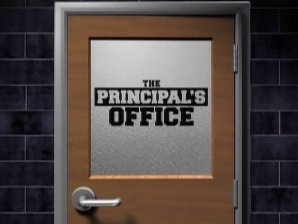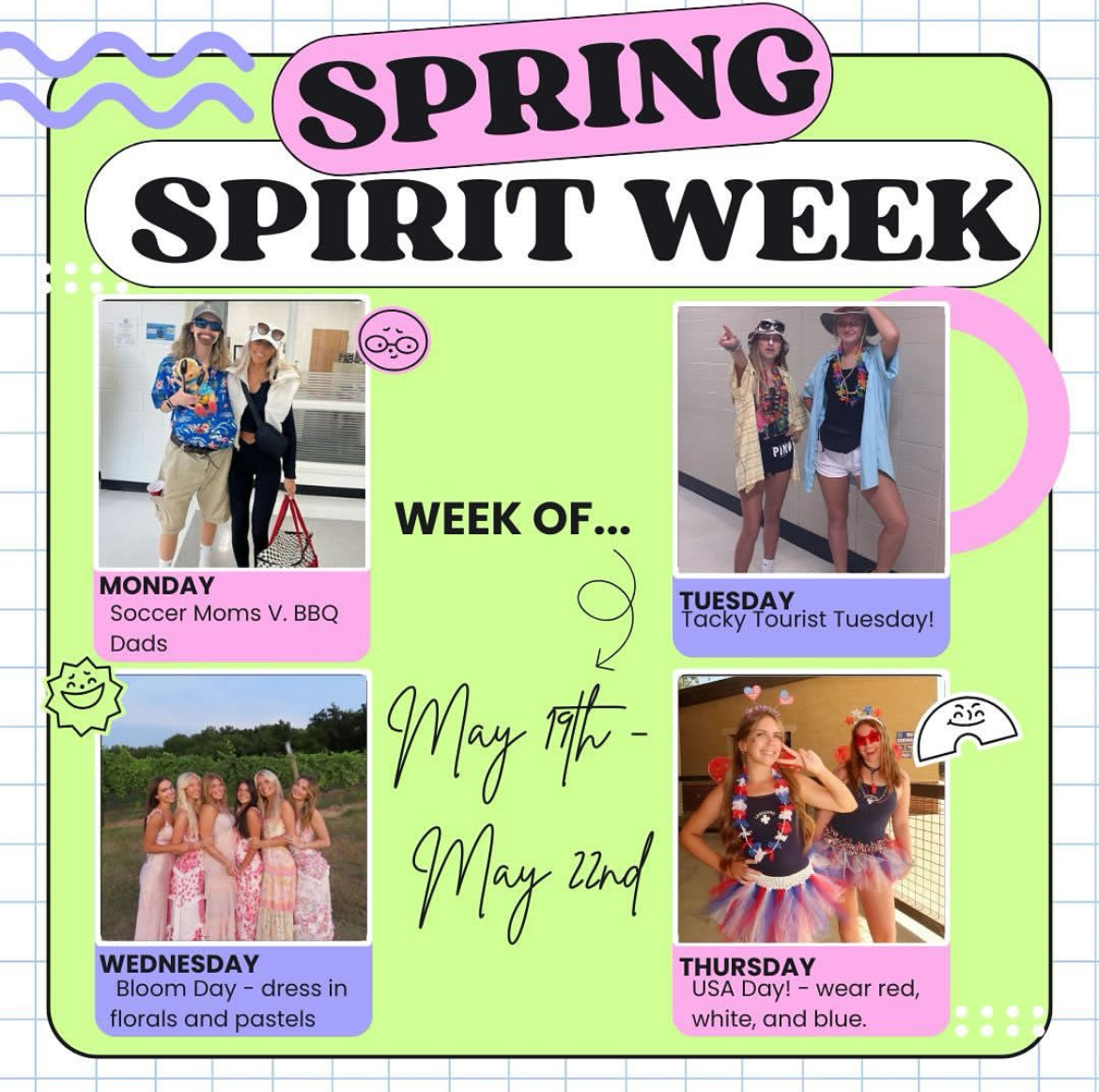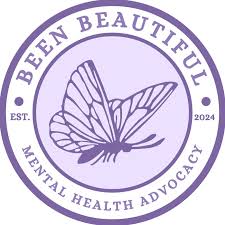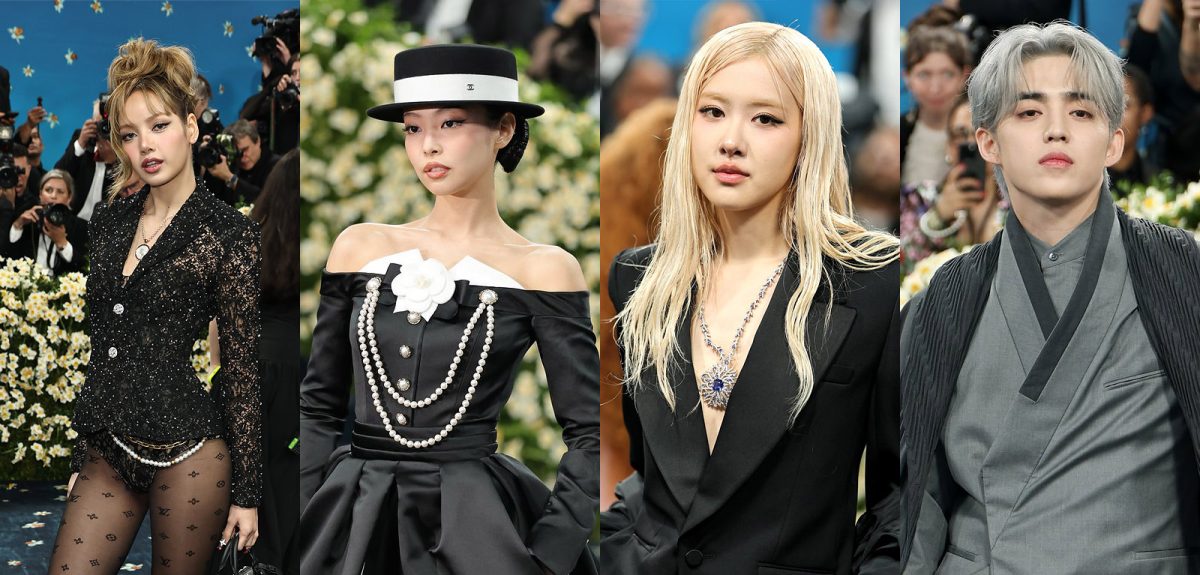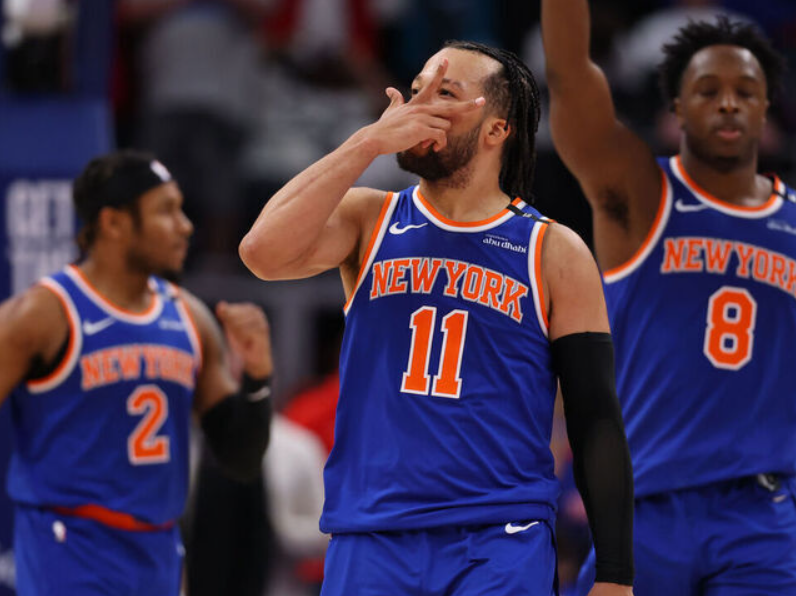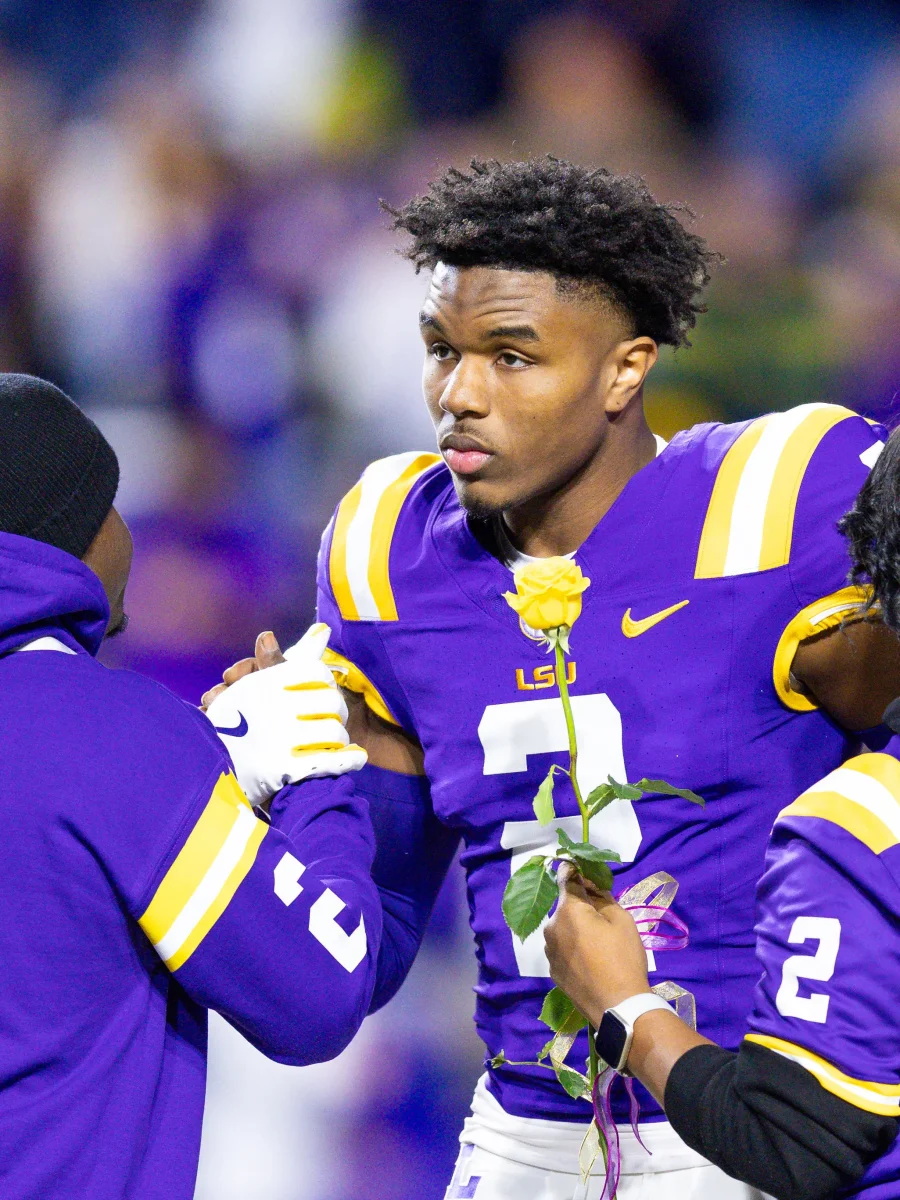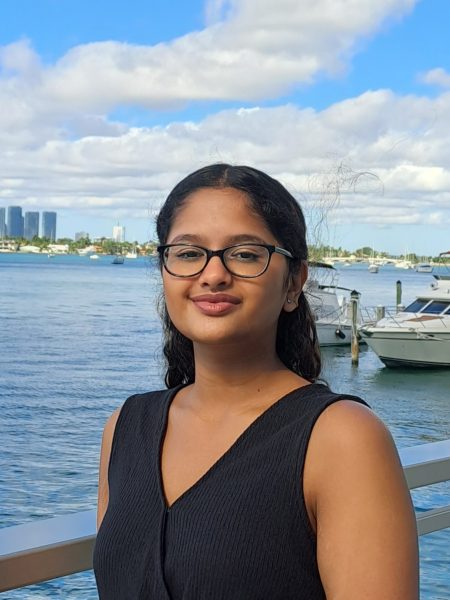On June 2nd of 2020, thousands of people took to their social media pages to post solid black squares to represent Blackout Tuesday. Blackout Tuesday was a response to the brutal killings of George Floyd, Ahmad Arbury, Breonna Taylor, and many others at the hands of the police. Blackout Tuesday was an initiative to show just how much people around the world cared about police brutality. The movement spread all across social media reaching thousands of people including singer Rihanna posted that her Fenty Beauty company wouldn’t be conducting business on this Tuesday. While other large music labels and companies joined in like NFL teams, the Chicago Bears had canceled all meetings to mark the day. This was just a start as across America over 10,000 protests had been organized fighting against systemic racism and police brutality as reported by the Washington Post. Polls in the summer of 2020 showed that between 15 million and 26 million people had participated in a protest that year, marking these Black Lives Matter protests as the largest in U.S. history. This new wave of awareness also brought a wave of performative activism. Performative activism as defined by the NAACP advisor at Danbury High School is “An action that serves an agenda not a community.” She explains that it is incredibly important that the NAACP Club doesn’t promote performative activism and is really trying to make a change, “Who are we trying to help, how are we trying to help them, and how do we go about doing that.”
Avoiding Performative Activism
Teenagers have increasingly become politically active yet struggle to find ways to avoid performativity in their efforts to progress. Oseafiana implored students to “put the community first and ask what they need.” She added that it is necessary to ensure that the voices of the people you are trying to serve are present in the conversation. Oseafiana highlighted the importance of “directly communicating with the people in the community that you are trying to serve, asking them what they need, and doing your best to serve them.”
Performative activism has its basis in being “woke” solely for the social approval of one’s peers. Instead, real activism asks society to address the “hard conversations,” as Oseafiana put it, rather than simply posting black squares on Instagram without even asking the Black community about how to best fight for change.
Additionally, Youth Friendly, an activism group, encourages young people “to be cognizant of when you are speaking out about issues, so that you are not posting solely when it’s popular to do so.” Not only should one “amplify voices from marginalized communities” but they should avoid the performativity of posting about Pride Month and rainbows yet not making any real change–something common with corporations.
In addition to avoiding the corporatization of celebratory months like Pride and Black History Month, Gotta Be!, a UK-based agency for minority support, urges for the “[prioritization of] inclusivity year-round [and] taking meaningful actions to create lasting change.”
Blair Imani, an intersectional activist who utilizes social media to fight for change, noted the importance of celebrating “Black history, culture, and accomplishments… year-round. Not just during February and not just on Juneteenth.” Imani herself focuses on amplifying the voices of the communities she seeks to uplift. For instance, to avoid performativity, Imani invited Dr. Sarah L. Webb, an Black activist of a darker skin tone than Imani, to help spread awareness about colorism. Similarly, she included the voice of yogi Susanna Barkataki in her video on yoga and cultural appropriation. Imani is an example of the kind of activism teenagers who seek to avoid performativity should strive for.
Thus, as The Montclarion put it, “we must be mindful about what we post and avoid posting from a place of performativity, which can spread misinformation and be counterproductive to the movement at hand. It is necessary to take the time to research what we are posting about, assure its credibility, and work to spark real change in a country where human protection and rights are at stake.”
List of Resources
For students:
- Youth Friendly
- Blair Imani’s Instagram
- Youth Council of the NAACP of Danbury
- Digital Performance Activism Amongst High Schoolers – Caused by Laziness or Conformity?
For teachers:






